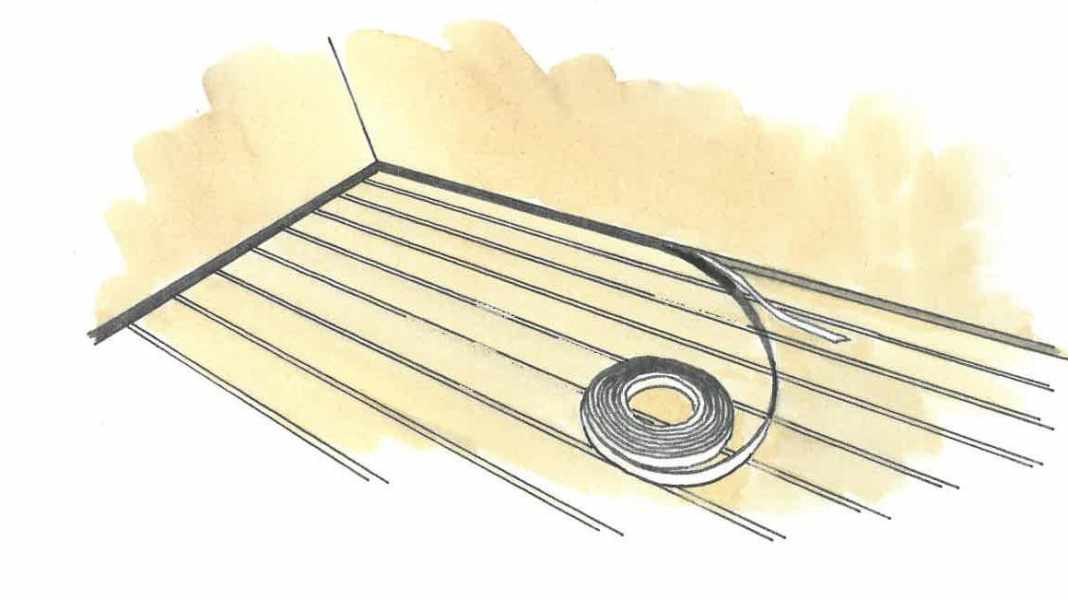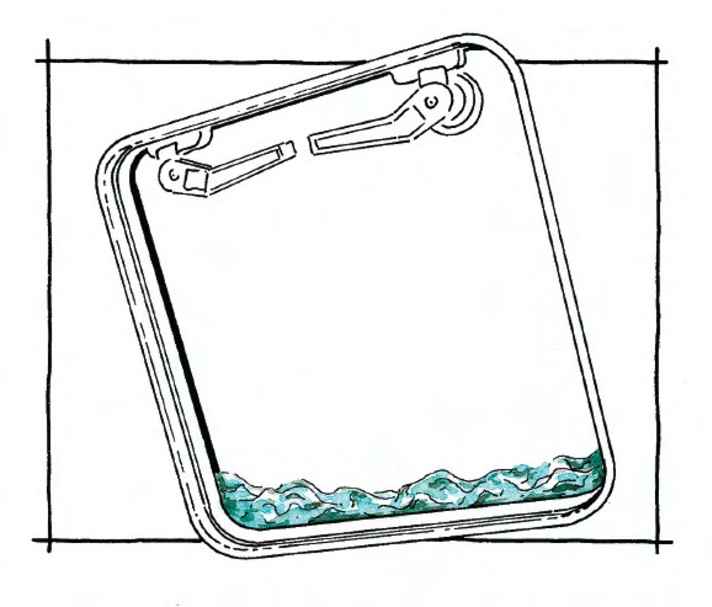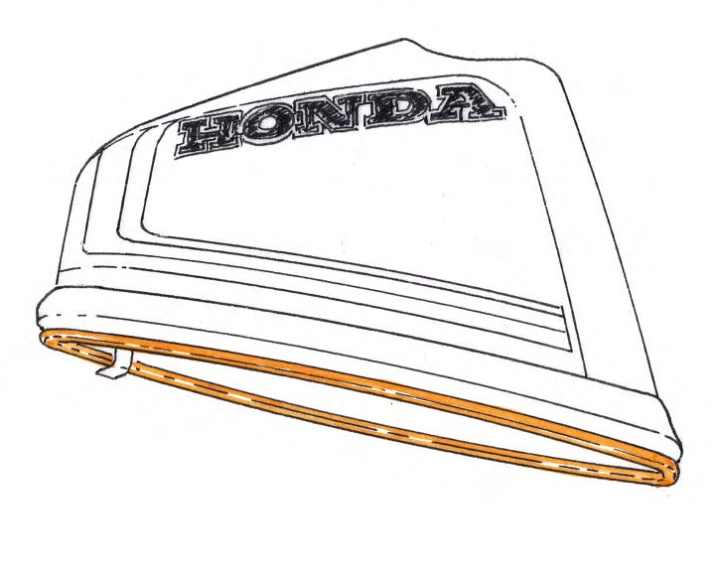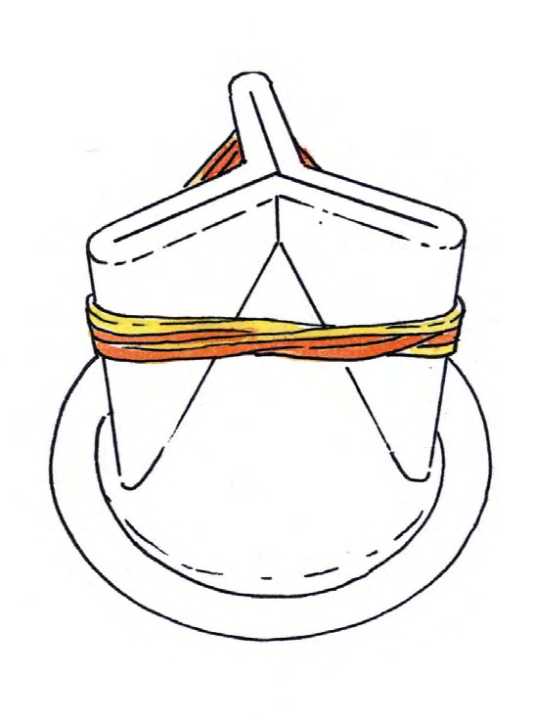
DIY life hack 1: Sealing tape on floorboards
On my Bavaria 40 CR and many other yachts, the floorboards are not flush with the built-in furniture. The gaps range from half a centimetre to well over a centimetre wide. Dust, sand and crumbs collect in these gaps. This dirt also migrates into the bilge and accumulates between the floorboards. Insects and vermin also find a place to hide and breed much more easily. It's not nice to think that a biotope can form under the floorboards.
A simple DIY solution is to seal these gaps with a joint sealing tape (also known as Compriband or swelling tape) from the building construction sector. These tapes are available in various widths and thicknesses. They expand to five times their original thickness, which means that changing gap dimensions can also be sealed. The sealing material in the gaps also prevents squeaking and creaking of the floorboards.
Kai Uhrig, by e-mail
DIY life hack 2: sealing labyrinth

On our catamaran, the emergency exit hatches are often completely flooded in heavy weather - the water pressure is then quite considerable at high speeds. New hatches only provide a short-term remedy - as they warp, they too become leaky. We were successful with a cling film seal. The principle of the crinkled film in between is that of a labyrinth seal, which distributes the pressure of the water and reduces it through the longer path. There should therefore be enough crinkled film on the outside of the seal.
Johannes Frost, Kiel
DIY life hack 3: Silencer for the combustion engine

The rubber seal on the cover of our outboard motor is getting a bit long in the tooth, with the result that it is no longer elastic and no longer seals tightly. The engine noise can be heard much louder through the gap. A replacement seal would have been very expensive. Instead, we stuck a self-adhesive foam rubber strip to the seal for sealing windows. Now we are travelling more quietly again.
Bernhard Uhrmeister, Hanover
DIY life hack 4: WC return seal

After flushing, returning waste water filled the toilet bowl again after a short time. The non-return valve, which is supposed to prevent the backflow of wastewater in the hose between the toilet and the waste tank, did not close completely. Even after replacing the valve, the problem recurred after a short time. After a little fiddling around, we found a very simple solution: one or two rubber bands are stretched around the three sealing lips. This way, the additional pressure of the rubber closes the valve tightly again and no waste water can run back.
Thomas Fetzberger, Bargteheide
Do you have any advice for other sailors?
We will honour the publication of your tip with50 EURO.Please add photos or sketches. We also need your address and bank details
Submissions to: Editorial office YACHT, Quartier O, Paul-Dessau-Straße 8, 22761 Hamburg; or: mail@yacht.de
